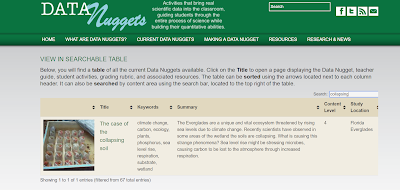What a dilemma, it appears irrespective of wherein you look, you are being informed that someone's training is the first-class, maximum complete and simply the only to get you for your manner to building a a success multilevel marketing/internet advertising business on the sector extensive web. So, how do you pick out the fine net network advertising and marketing schooling application for you?
In this newsletter, i can try to provide you some true pointers of things to consider whilst determining what your subsequent step need to be in choosing the training software this is just proper for you.
I endorse that three of the maximum essential choices you'll make while coming into the net/networking advertising domestic based commercial enterprise are; education, Product and deciding on a Mentor. The goal of this article is to discover the thoughts approximately the way to choose the schooling program this is proper for you and the way it is able to fulfill your person needs.
you may need to maintain in thoughts the possibility which you might pick a mentor earlier than creating a final selection on the training program you will adopt! As you look at internet/network advertising training, be aware that there are numerous enterprise models to don't forget. internet marketers generate revenue in a selection of ways, some of which might be: promoting different individual's products - associate advertising; joining a community marketing agency - selling the product direct and through distribution; helping other brick and mortar businesses to successfully marketplace their products on the net; and advertising your personal product through the net, whether it's an informational product or in any other case.
regardless of what you market, you'll need to expand a list to market to. Your success in any enterprise model will without delay depend upon how a success you're at developing the listing and advertising and marketing to it and this is the location that maximum education packages awareness on. make sure the schooling application you pick out walks you thru a little by little technique on how you will construct your list.
One way i discovered to familiarize myself with the leaders within the enterprise changed into to take part in community enterprise e getting to know programs. There you'll discover a quite exact form of the top performers and be capable of get an concept on their technique and the way it might work for you.
I inspire you to be careful as you searching for to research as plenty as you may approximately the commercial enterprise due to the fact facts overload can end up your worst nightmare and an obstacle to getting started. a number of the packages are examine and earn as you cross, a quite desirable idea.
One thing to consider regarding training is: will it come up with a actual point of difference inside the marketplace? There are packages available that offer a short and fairly simple flip key answer and get you up and running on the net in a quick time period. The factor you need to don't forget is whether or no longer this form of program will permit you to distinguish yourself sufficient within the market, or will you look too much like each person else. look for different EzineArticles on deciding on an internet community advertising mentor or net community advertising educate to manual you in developing your commercial enterprise
I do strongly propose which you could exceptional be served in case you turn out to be a student of the enterprise, assuming you are serious about constructing a possible a success make money working from home enterprise. but, if you are just inquisitive about a few supplemental greenbacks each month, then perhaps all of the study is not essential it truly is your name.
i have personally tested numerous of the training and training programs over time and have discovered several of them to be quite useful in mastering the enterprise.







































